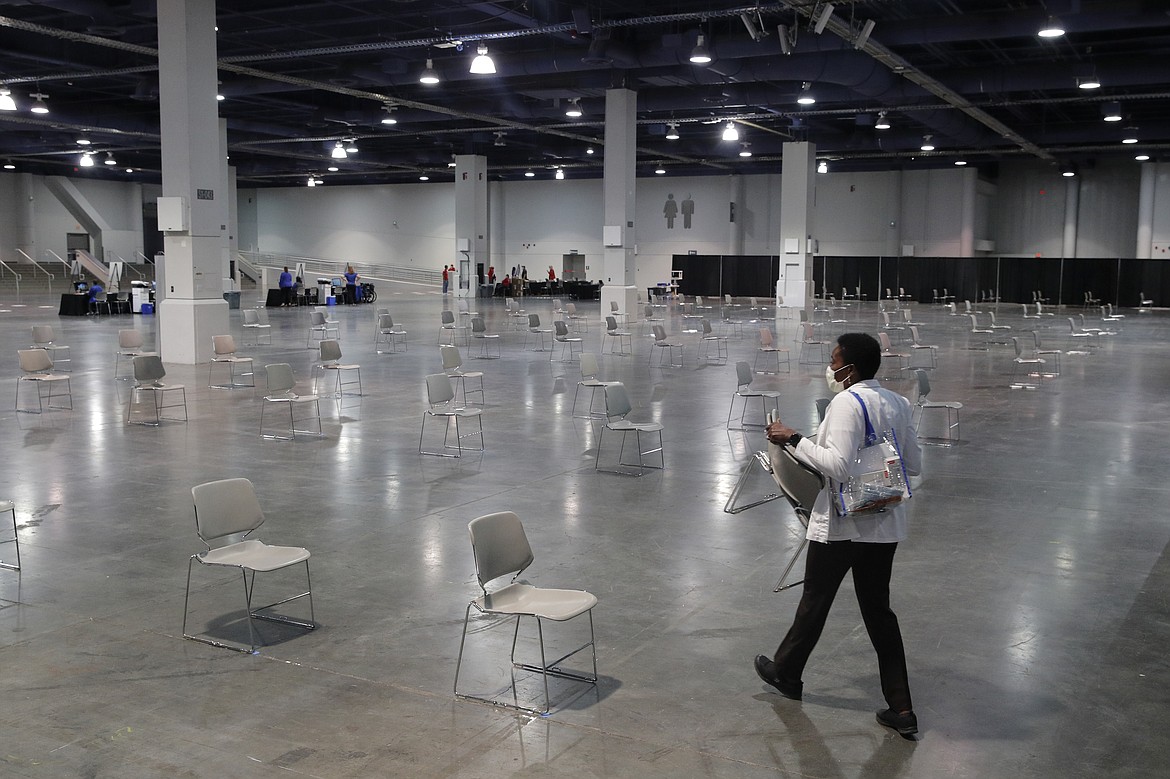Pandemic job losses hit tourism-dependent states hardest
HONOLULU (AP) — The coronavirus pandemic has been particularly brutal to the tourism-dependent economies of Nevada and Hawaii, lifting the unemployment rate in both states to about one-quarter of the workforce.
Nevada topped the nation with an April unemployment rate of 28.2%, the worst any state has seen since the national jobless rate was estimated at 25% in 1933 during the depths of the Great Depression, state officials said Friday.
“They are sobering numbers, far in excess of anything we have experienced as a state before now,” said David Schmidt, chief economist for the Nevada Department of Employment, Training and Rehabilitation.
Michigan came in second with 22.7% and Hawaii third with 22.3% In Michigan, job losses were spread across all sectors, with especially large losses in hospitality and manufacturing.
Nationally, the job market and the economy have fallen into their worst crisis in decades. More than 2.4 million people applied for unemployment benefits last week in the latest wave of layoffs from the viral outbreak that triggered widespread business shutdowns two months ago.
All told, nearly 39 million people have filed for jobless aid since the coronavirus forced millions of businesses to close their doors and shrink their workforces. The stream of layoffs reflects an economy gripped by the deepest recession since the Great Depression. The national jobless rate stood at 14.7%
In Nevada, both casinos and other non-essential businesses have been closed since mid-March.
In Hawaii, most hotels shut down in late March as the state began requiring all travelers arriving in the state to observe 14 days of quarantine. Restaurants switched to take-out only and retailers closed their doors to comply with social distancing requirements imposed to curb the spread of the virus.
Grayden Ha‘i-Kelly’s family on the Kona Coast of Hawaii's Big Island is among those grappling with sudden unemployment. Both he and his wife work for hotels that temporarily closed during the last week of March.
Ha‘i-Kelly has been using up vacation time since and was getting paid through last week.
His wife filed for unemployment benefits right away, but she had to wait about five weeks for her first check to arrive. The state has blamed delays in unemployment benefit payments on a surge of applications and outdated computer systems.
He’s glad they both didn’t apply for unemployment at the same time. Not having both incomes “would have been tough,” he said. He’s applying for unemployment this week.
Ha‘i-Kelly said the pandemic has taught his family some life lessons, like slowing down more in life, strengthening the family and taking care of others. One thing they have been doing is waking up at 5 a.m. three times a week to go to a local eatery to help prepare food for those in need.
“These are some of the lessons I’ve been trying to teach my children. This is how we grew up. Things weren’t always easy,” he said.
The unemployment rate was relatively low before the pandemic in all top three states, underscoring the dramatic shift in fortunes for their workers.
Nevada’s stood at an all-time-low of 3.6% in February. In Michigan, the jobless rate was 4.3% in March. Hawaii's was 2.4% last month.
And though the number of jobless surged across the nation, some states fared much better. Connecticut had the lowest unemployment rate in the nation at 7.9%, followed by Minnesota at 8.1% and Nebraska at 8.3%
–––
Sonner reported from Reno, Nevada.

